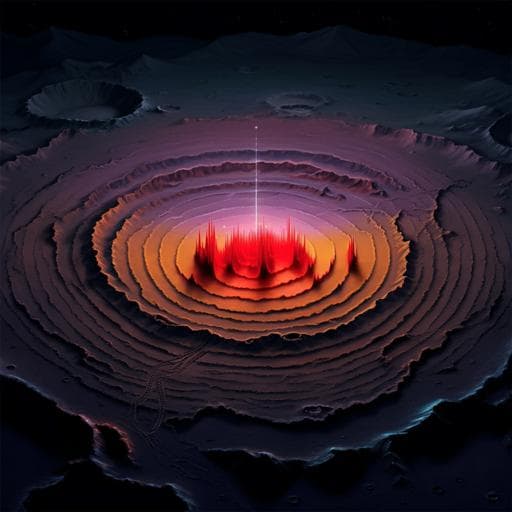
Space Sciences
First look by the Yutu-2 rover at the deep subsurface structure at the lunar farside
J. Lai, Y. Xu, et al.
Discover groundbreaking findings from the Chang'e-4 mission, where researchers, including Jialong Lai and Yi Xu, reveal deep subsurface structures on the Moon's farside. Using data from the Yutu-2 rover's ground-penetrating radar, this study unveils multiple distinct layers of lava flows that shed light on the Moon's thermal history.
~3 min • Beginner • English
Related Publications
Explore these studies to deepen your understanding of the subject.







